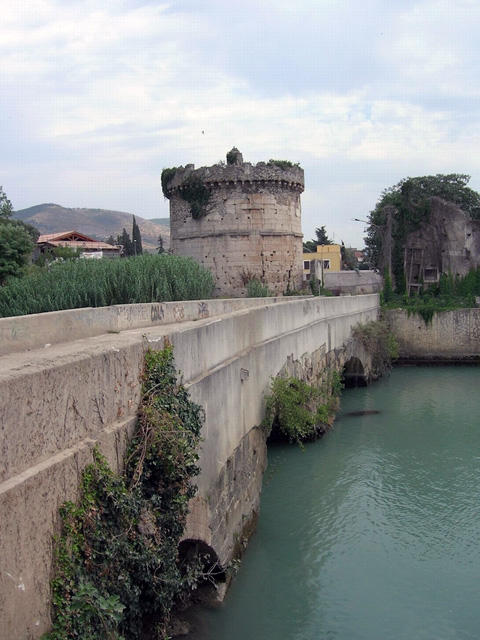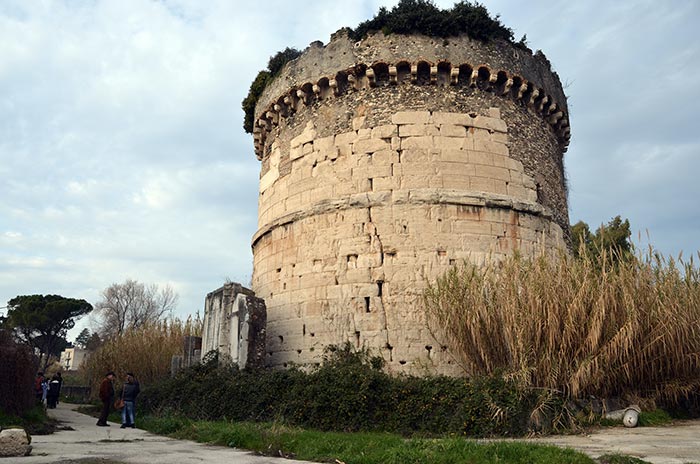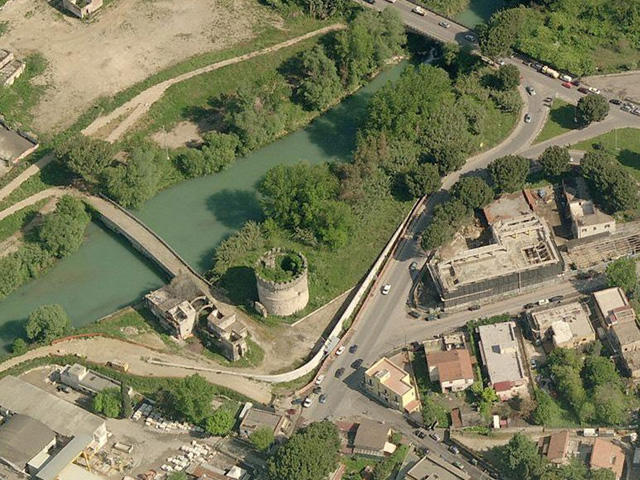One of my most treasured finds from that very first trip
down the Spode aisle at Tuesday Morning is some lovely plates of the Lucano
pattern. Honestly, as I dug through the stacks of Blue Room Collection plates,
I saw one with this pattern and immediately put several in my tiny stack of
plates. I was so excited to show my family the plates I had found that had “a
castle” on them! Since then I have also found a small open vegetable dish and a mug (which came in a matching tin on clearance from Spode.com!)
The pattern itself is based on an aquatint engraving which
was originally published in 1798, which features in the foreground the Bridge
of Lucano, (Ponte Lucano) a first-century Roman bridge which is a historic site still recognizable today!
 |
| Original Aquatint by James Merigo from artisopusgallery.com |
In his book, Antique
Blue and White Spode, Sydney B. Williams gives a good summary of the
history and significance of this beautiful place:
“This
bridge, sixteen miles distant from Rome, derives its name from a victory
obtained by the Romans over the Lucanians. It was rebuilt by Tiberias Plautius,
who possessed a villa adjoining to it. His magnificent family tomb stood in the
same neighborhood. This ancient tomb, round in form, and much resembling that
of Caecilia Metella, was repaired by the Goths and converted by them into a
fortress.
The
bridge has become well known from engravings and also from the beautiful
picture by G. Poussin in the Doria Palace. [see here.] It has been crossed by many warriors
of the past, heavily-armed against all foes except deadly malaria, which has
played a commanding role in the politics of the Eternal City of Rome." (p.116)
For more on the history of Lucano, you can visit its World Monument Foundation page by clicking here.







No comments:
Post a Comment